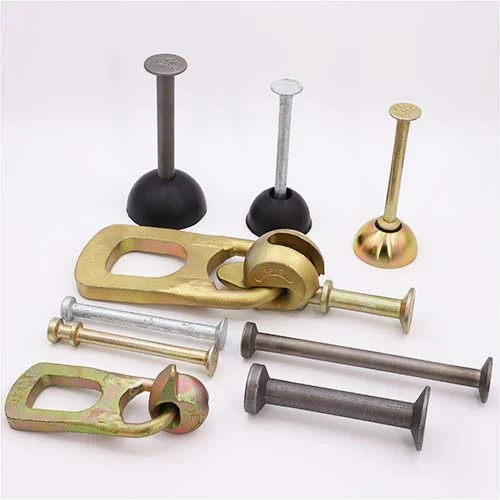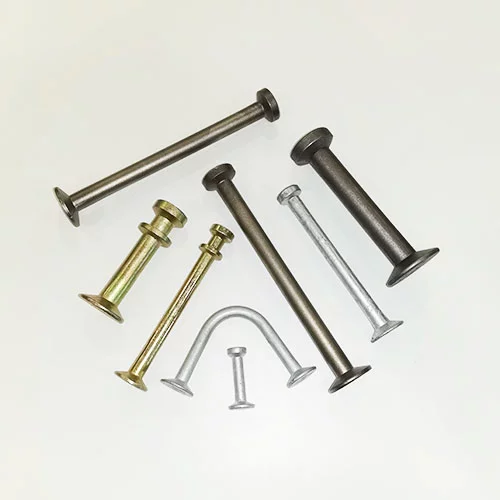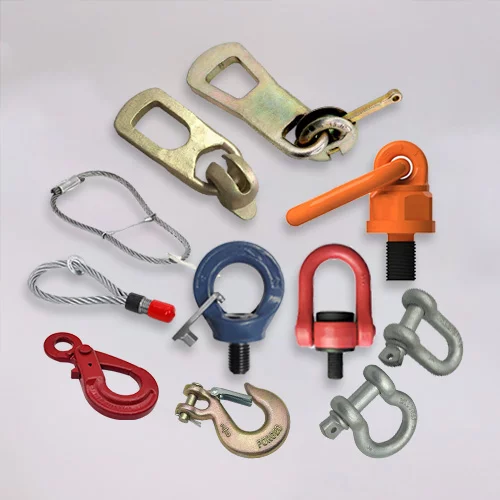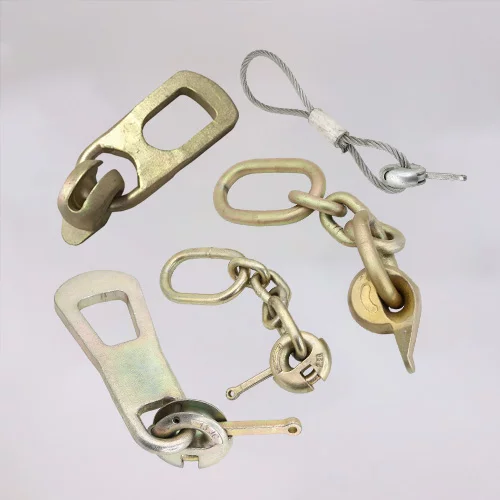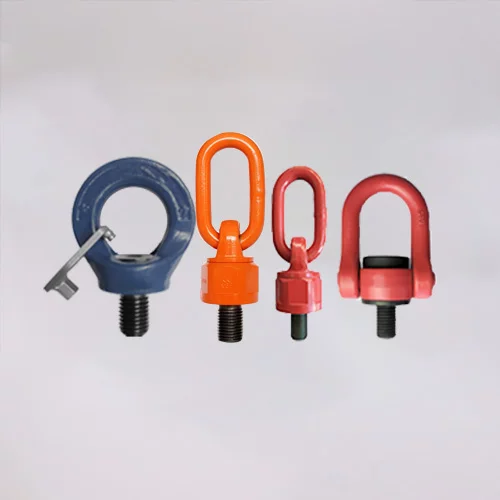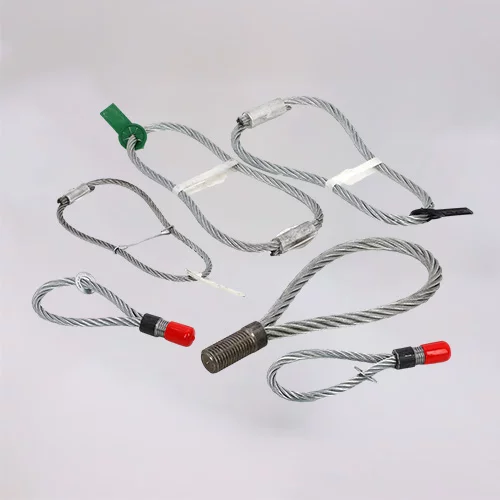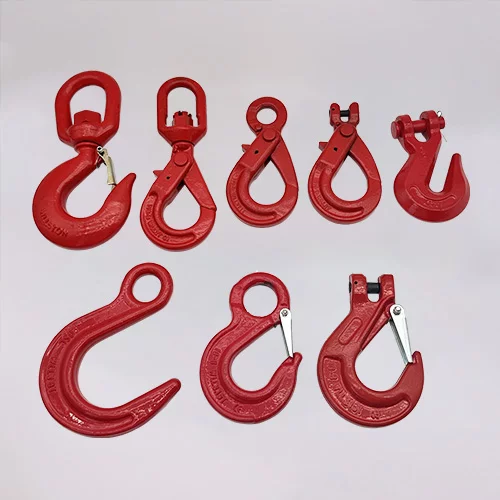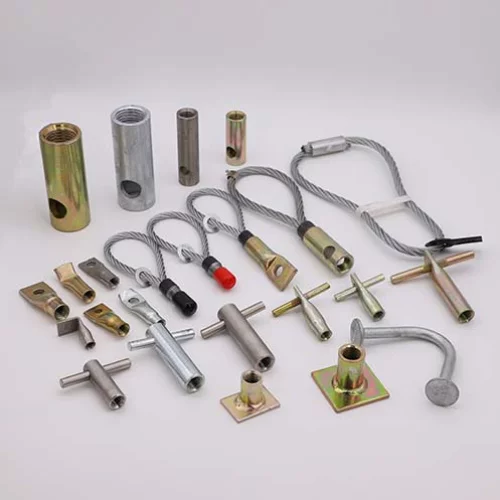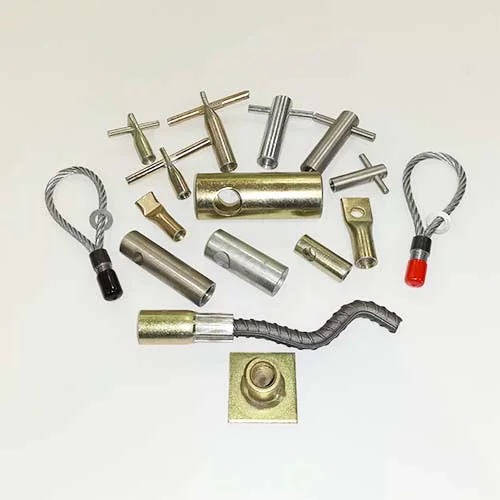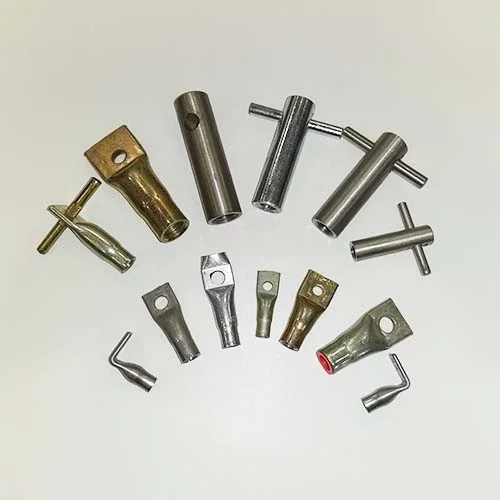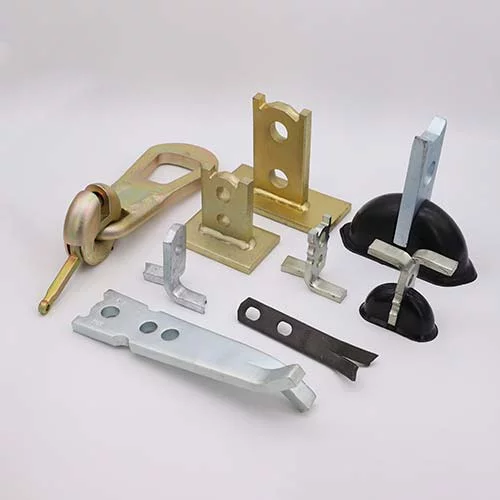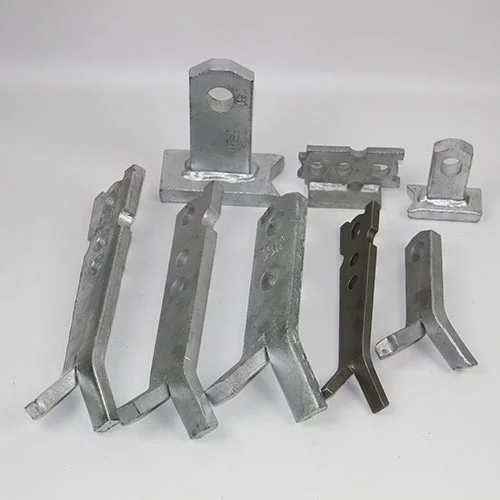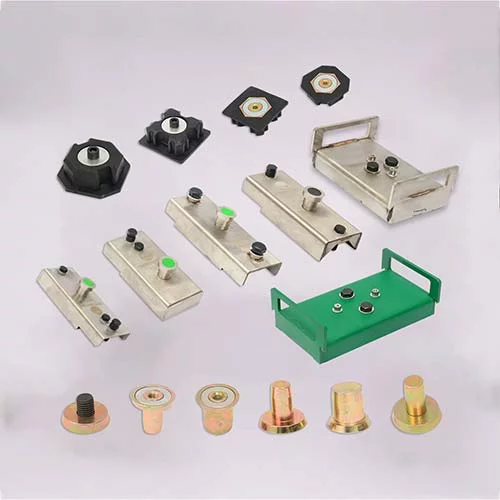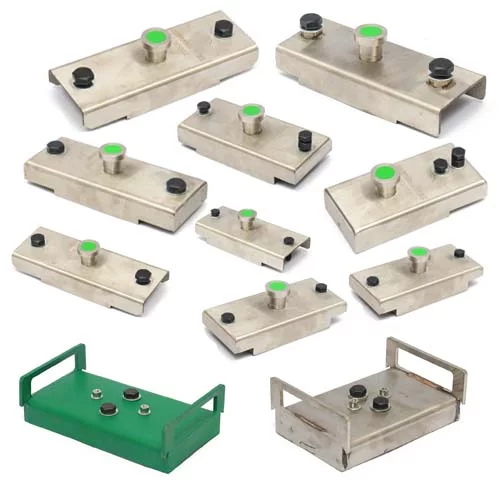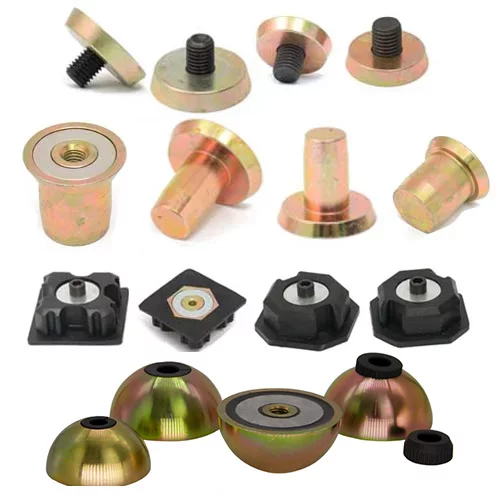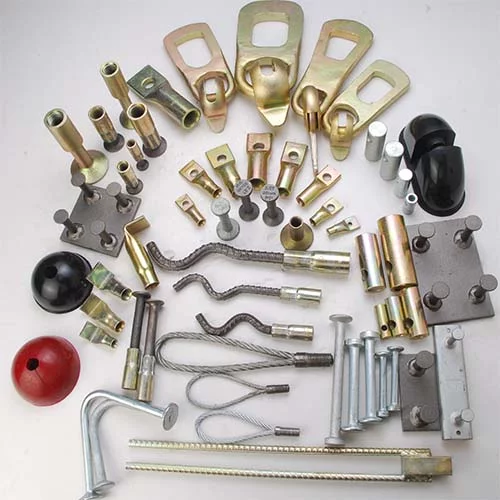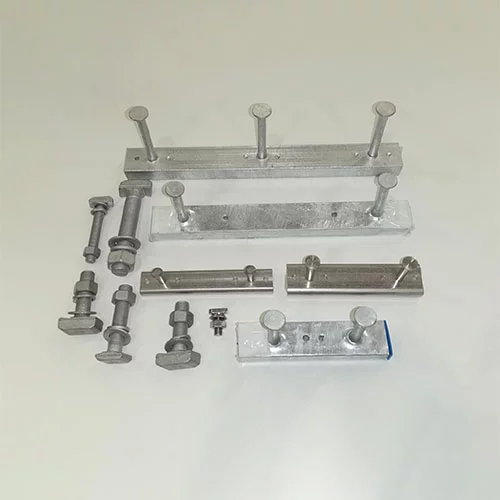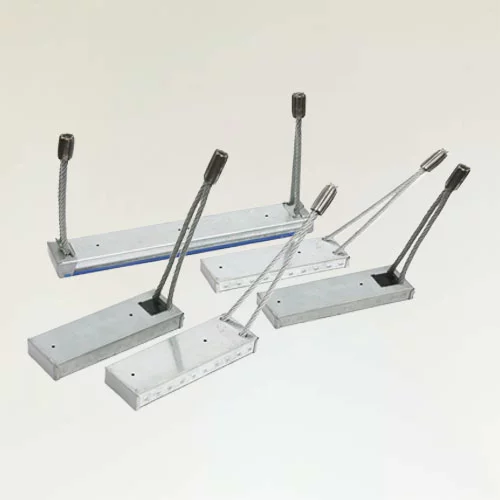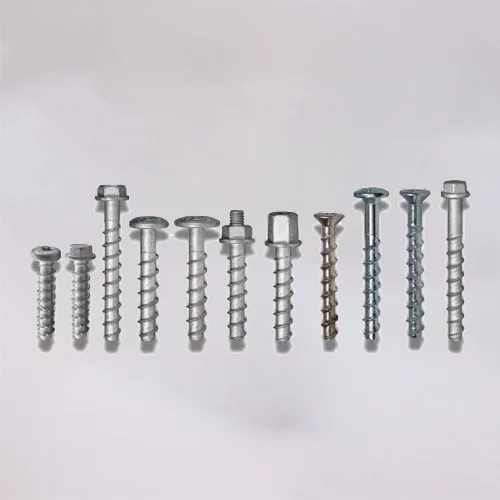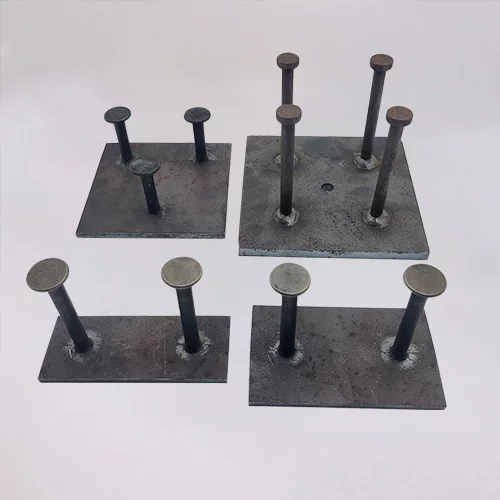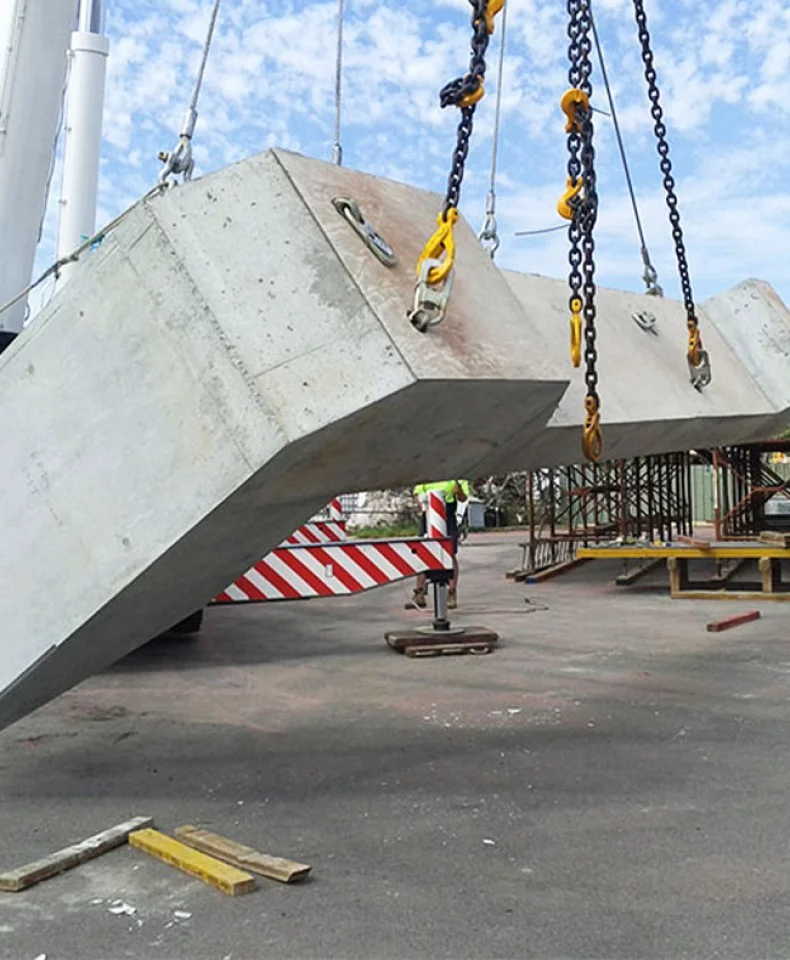Application of Lifting Socket in Precast Concrete

Definition and Function of Lifting Socket
The Lifting Socket is a lifting accessory designed for precast concrete components, which plays an important role in modern building construction. Its main function is to seamlessly combine precast concrete components with lifting equipment through safe and reliable connections to achieve efficient transportation and installation. The basic structure consists of a threaded interface and an embedded part. The threaded interface is usually used to connect with lifting devices such as eyebolts or lifting fasteners, and the embedded part is buried in the concrete to provide the required strong support and stability for lifting.
This design not only meets the needs of different construction environments but also significantly improves the safety and efficiency of construction. The wide application of Lifting Sockets is due to their various types and adaptability. Common design types include tubular, flat, and solid rod types. Each type is optimized for specific scenarios and has unique mechanical properties and usage advantages.
Types and Applications of Lifting Socket
Tubular Lifting Socket
The tubular Lifting Socket provides excellent tensile strength with its unique structural design. The hollow tube body is provided with a thorough horizontal hole for the insertion of steel bars. This design ensures the stable anchorage of the socket in the concrete. Tubular sockets are widely used in scenarios that require deeper embedding, such as large prefabricated walls or high-rise building columns.
In practical applications, tubular sockets are not only easy to connect with steel bars, but also can evenly disperse the load during lifting and reduce the impact of local stress concentration on concrete. This design is particularly suitable for scenarios with large wind loads or complex construction environments, and can significantly improve the safety and construction efficiency during the component lifting process.
Flat-plate lifting socket
The flat-plate lifting socket is a component designed for specific components. Its biggest feature is that the flat plate structure can provide a larger surface contact area. When lifting large-area, thin-plate concrete components, this design effectively disperses the lifting stress by expanding the force-bearing area and avoiding local damage.
Typical application scenarios of this type of socket include prefabricated wall panels, floor slabs, and beam plates on bridges. Due to its large contact area and easy installation characteristics, the flat socket can improve construction efficiency while meeting high-precision installation requirements, making it an ideal choice for thin-walled prefabricated parts.
Solid rod lifting socket
Solid rod lifting socket is known for its high reliability and strength, and is designed for heavy components. Its all-solid metal rod body not only has extremely high tensile and shear resistance, but also has good durability, and can withstand multiple lifting and environmental tests in long-term use.
Solid rod sockets are usually used in underground structures, culverts, manholes, and other scenes with high load requirements. For example, in underground infrastructure construction, solid rod sockets can easily cope with complex geological conditions and high-load lifting requirements, providing safe lifting guarantees for large concrete prefabricated blocks.
Production and quality control of lifting sockets
Selection of high-quality materials
The production of lifting sockets starts with the selection of raw materials. High-quality steel such as Q345 steel and No. 20 steel are the industry's first choice. These materials have high strength and excellent toughness and can withstand complex stresses and repeated loads in construction. Q345 steel is suitable for scenarios that require high reliability due to its good welding performance and fatigue resistance; while No. 20 steel is an ideal choice for manufacturing small and medium-sized Lifting Sockets with its balanced mechanical properties and high plasticity. In addition, specially treated alloy steels can also be selected to meet the requirements of specific environments, such as corrosion resistance.
Key links in the manufacturing process
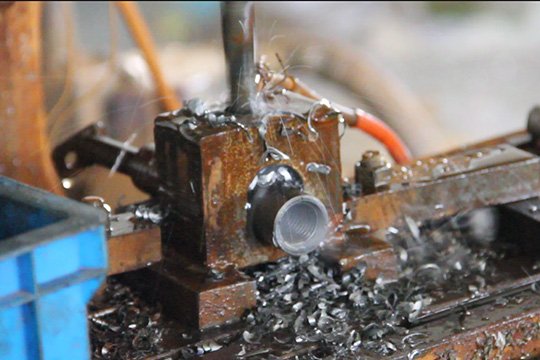
Hot forging process
Hot forging is one of the core processes in the production of Lifting Sockets, which process steel into shape through high-temperature forging. This process can improve the grain structure of the metal and increase the strength and toughness of the product. During the hot forging process, the uniformity and stability of the product can be ensured by controlling the heating temperature, pressure, and cooling rate.
Quenching and tempering treatment
Quenching and tempering treatment is a comprehensive process of heat treatment that combines the two steps of quenching and tempering. Quenching can significantly increase the hardness of the material, while tempering optimizes its toughness. The quenched and tempered Lifting Socket has better tensile strength and impact resistance and performs well in hoisting operations.
Surface galvanizing
The galvanizing process is a crucial step in the production process, which is divided into two methods: electro-galvanizing and hot-dip galvanizing. The electro-galvanizing process can provide a more uniform coating, while hot-dip galvanizing has stronger corrosion resistance. The galvanizing treatment not only extends the service life of the Lifting Socket but also improves the reliability of the product in harsh environments.
Strict quality control system
HULK Metal always adheres to a high-standard quality management system and implements comprehensive quality inspections at every link from raw material storage to finished product delivery.
Tensile test
Tensile testing is an important method to verify the load-bearing capacity of the Lifting Socket. Simulating extreme working conditions ensures that the product can withstand the designed load in actual use and has a sufficient safety margin in overload conditions.
Surface defect detection
Use high-precision testing equipment to check whether the surface of each product has cracks, pores, or other defects that may affect performance. Any tiny flaw may lead to serious consequences, so the surface inspection link is particularly important.
Anti-fatigue performance test
The lifting socket will experience repeated loads during the lifting process, and the anti-fatigue performance is directly related to the service life of the product. HULK Metal has passed long-term fatigue tests to ensure that the product still maintains stable performance during high-frequency use.
Precautions for use
The correct installation and use of the lifting socket is the key to ensuring safety and performance. The following points require special attention:
1. Choose the appropriate specifications: Select the corresponding model according to the load of the lifting design to avoid safety hazards caused by mismatched specifications.
2. Correct positioning: Before pouring concrete, a special positioner should be used to ensure that the embedding depth and direction of the lifting socket meet the design requirements.
3. Follow the construction standards: During the lifting operation, strictly follow the designed mechanical angle to avoid excessive tilting or lateral force.
4. Give priority to certified products: Products that have passed international certifications such as CE and ISO 9001 have more guaranteed quality and performance, which can effectively reduce the risks in construction.
Construction and use case analysis of Lifting Socket
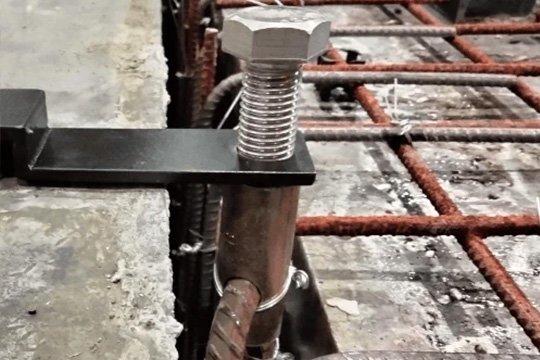
Correct operation process in construction
The installation and use of the construction site directly affect the performance of the Lifting Socket. The correct steps include the following key stages:
1. Design and planning: According to the weight and shape of the component, select the appropriate type and specification of Lifting Socket to ensure sufficient bearing capacity.
2. Positioning and installation: Before pouring concrete, use the positioner to fix the Lifting Socket on the formwork and provide additional support through the steel structure.
3. Pouring and curing: After the concrete is poured, it is necessary to ensure that it completely covers the embedded part of the Lifting Socket and wait for it to fully solidify.
4. Hoisting operation: When hoisting, special hoisting tools should be used and the hoisting angle designed by mechanics should be strictly followed to avoid excessive stress on the component.
Successful case sharing
In large-scale construction projects, such as the hoisting of prefabricated wall panels in high-rise residential buildings, a customer used the tubular Lifting Socket provided by HULK Metal, which showed excellent performance in complex construction environments. High-strength threaded interface and galvanized outer layer effectively resist the corrosion of a high-humidity environment, improve construction efficiency, and extend the service life of components.
Why choose HULK Metal's Lifting Socket?
Professional Manufacturing Capabilities
HULK Metal has industry-leading hot forging equipment and quenching and tempering processes to ensure that each Lifting Socket product has excellent mechanical properties and durability.
Full range of services
HULK Metal provides one-stop solutions from product design to production, transportation, and after-sales support. Its logistics team can quickly find cost-effective transportation methods, shorten delivery time, and reduce customer costs.
Superior cost performance
Compared with similar products on the market, the Lifting Socket provided by HULK Metal has advantages in both price and quality. Large-volume orders enjoy customized discounts, providing customers with higher-value solutions.
Choosing HULK Metal's Lifting Socket will bring reliable performance guarantees and unparalleled cooperation experience to your project. Welcome to contact our professional team to learn more.
Article Navigation
PRECAST CONCRETE ACCESSORIES

